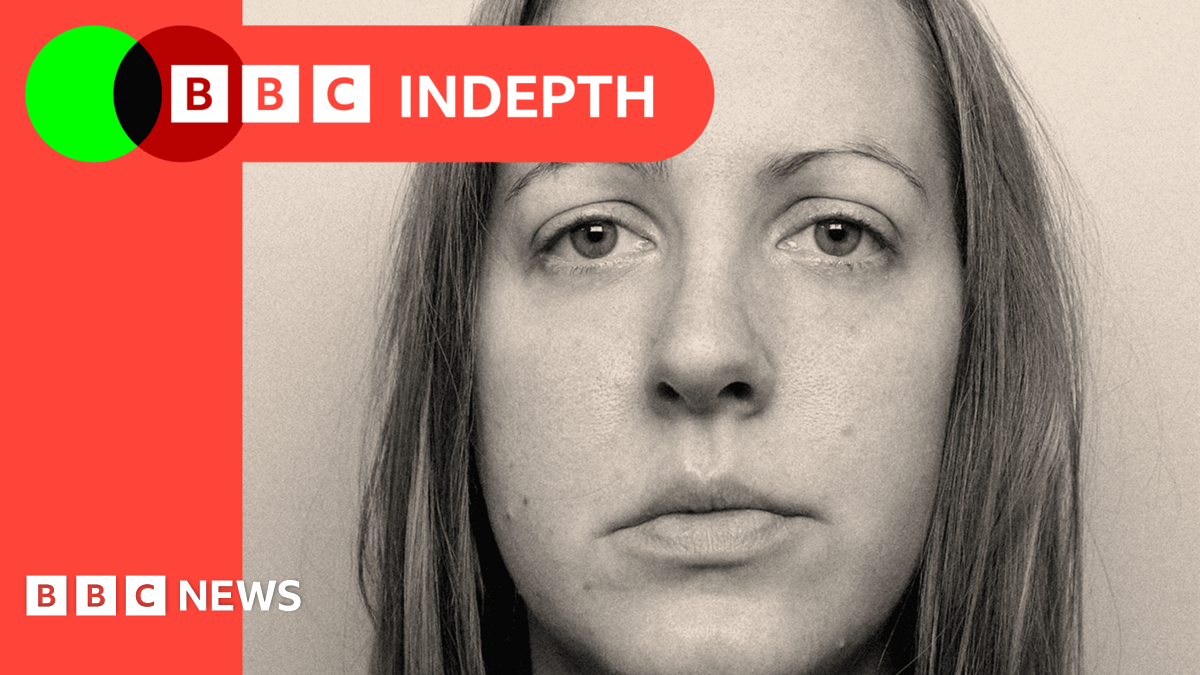The question of where this leaves the case presented by Mark McDonald’s panel of experts when it comes to the needle theory is a difficult one to answer.
It would appear that among Letby’s defenders, there is not consensus.
Consultant neonatologist Dr Neil Aiton is one of the authors of the original report on which Dr Taylor based his comments. Dr Aiton says that he has examined the evidence independently and has concluded that Baby O’s liver injuries were caused by inappropriate resuscitation attempts, including hyperinflation of the baby’s lungs.
However, he also says it was “pretty clear” a needle had punctured the liver during resuscitation.
When Dr Aiton was told that other experts, including the paediatric pathologist who spoke to the BBC, have examined the case of Baby O and said that it is implausible to conclude this happened, he said that there were two possibilities. Either the liver ruptured because of a needle or it ruptured spontaneously.
Dr Aiton’s position appears to be that poor resuscitation caused the baby’s liver injuries and whether it was a needle or not is “not important”.
That is a contrast from what Dr Taylor said in that December press conference. And critics say Dr Aiton’s account still does not explain why Baby O collapsed in the first place and why he needed such desperate resuscitation.
A summary report from Letby’s expert panel appears to back further away from the needle theory. It says a needle “may have” punctured the liver.
Other experts, including the paediatric pathologist, said that Dr Aiton’s observation of hyper-inflated lungs would not explain Baby O’s liver injuries.
Once again, the case illustrates how difficult it is to distinguish between plausible and implausible claims.
